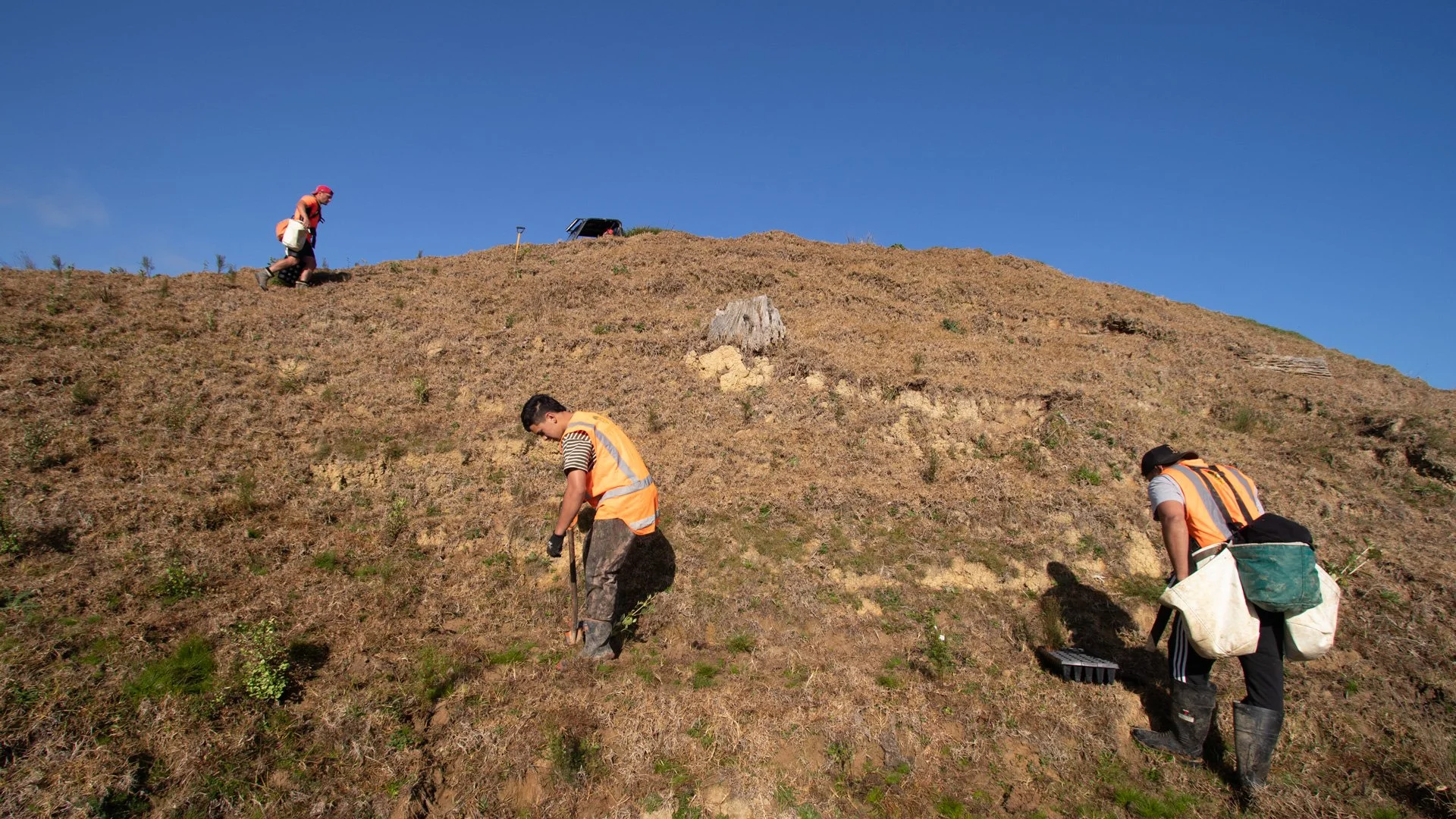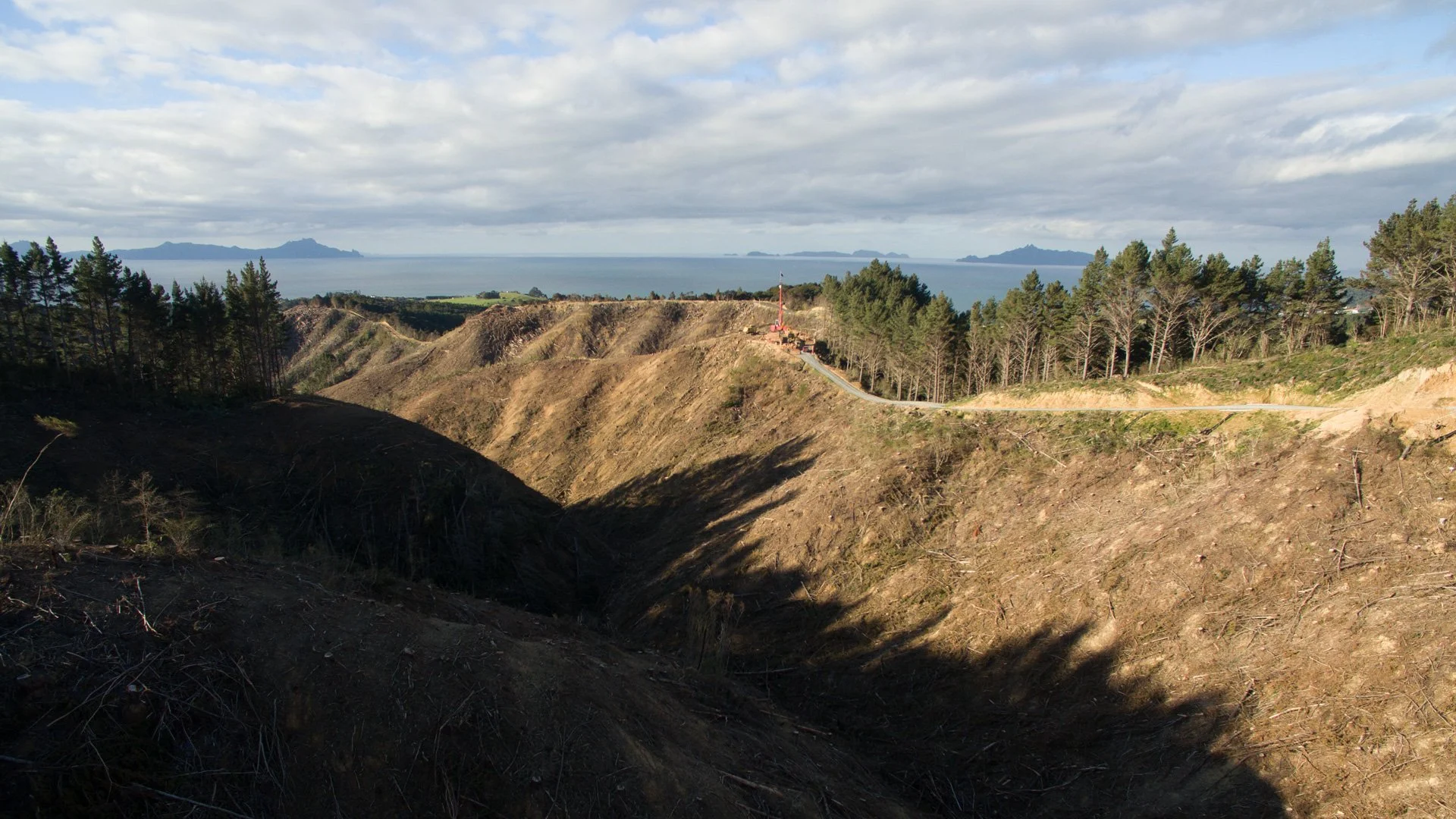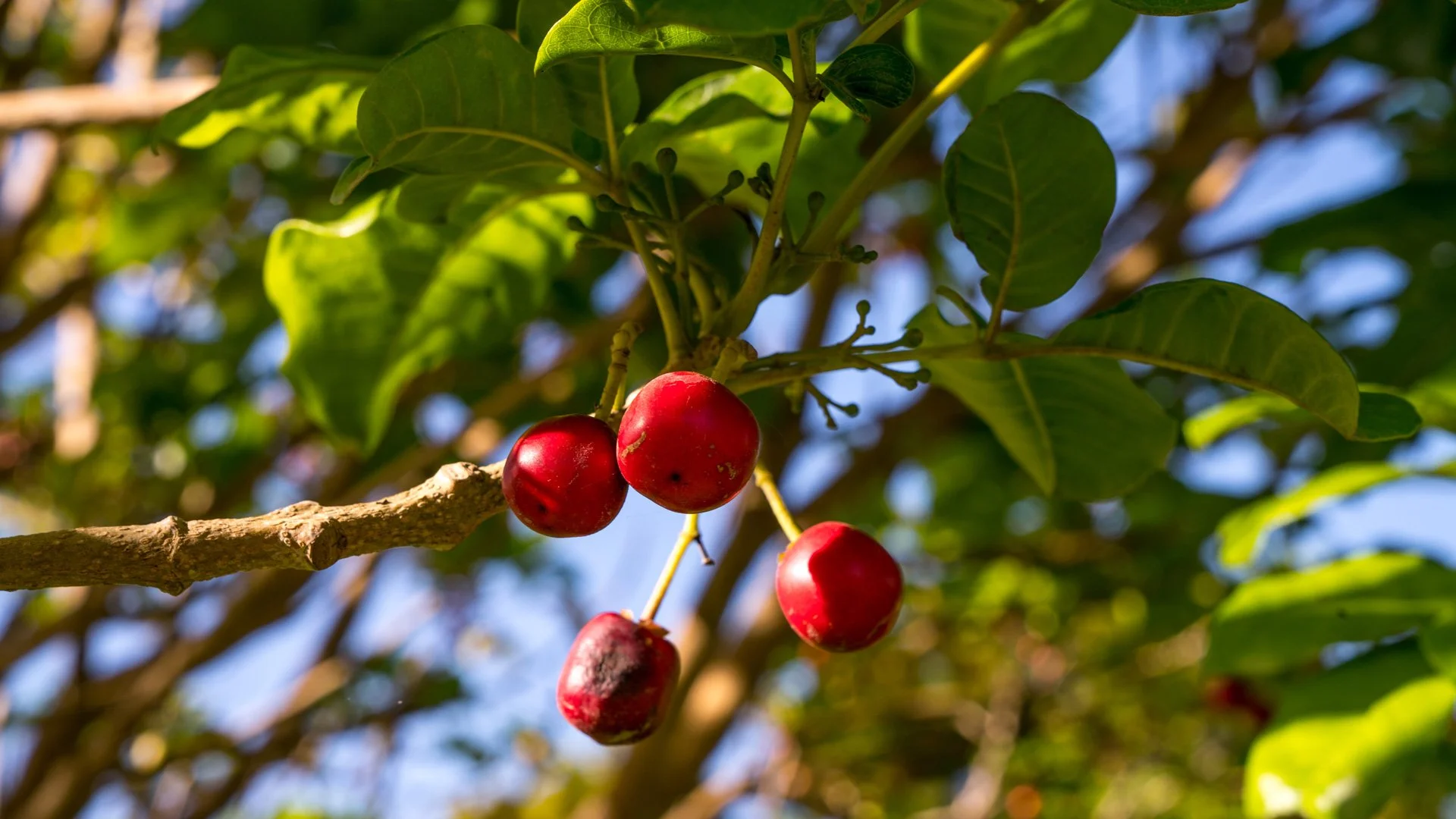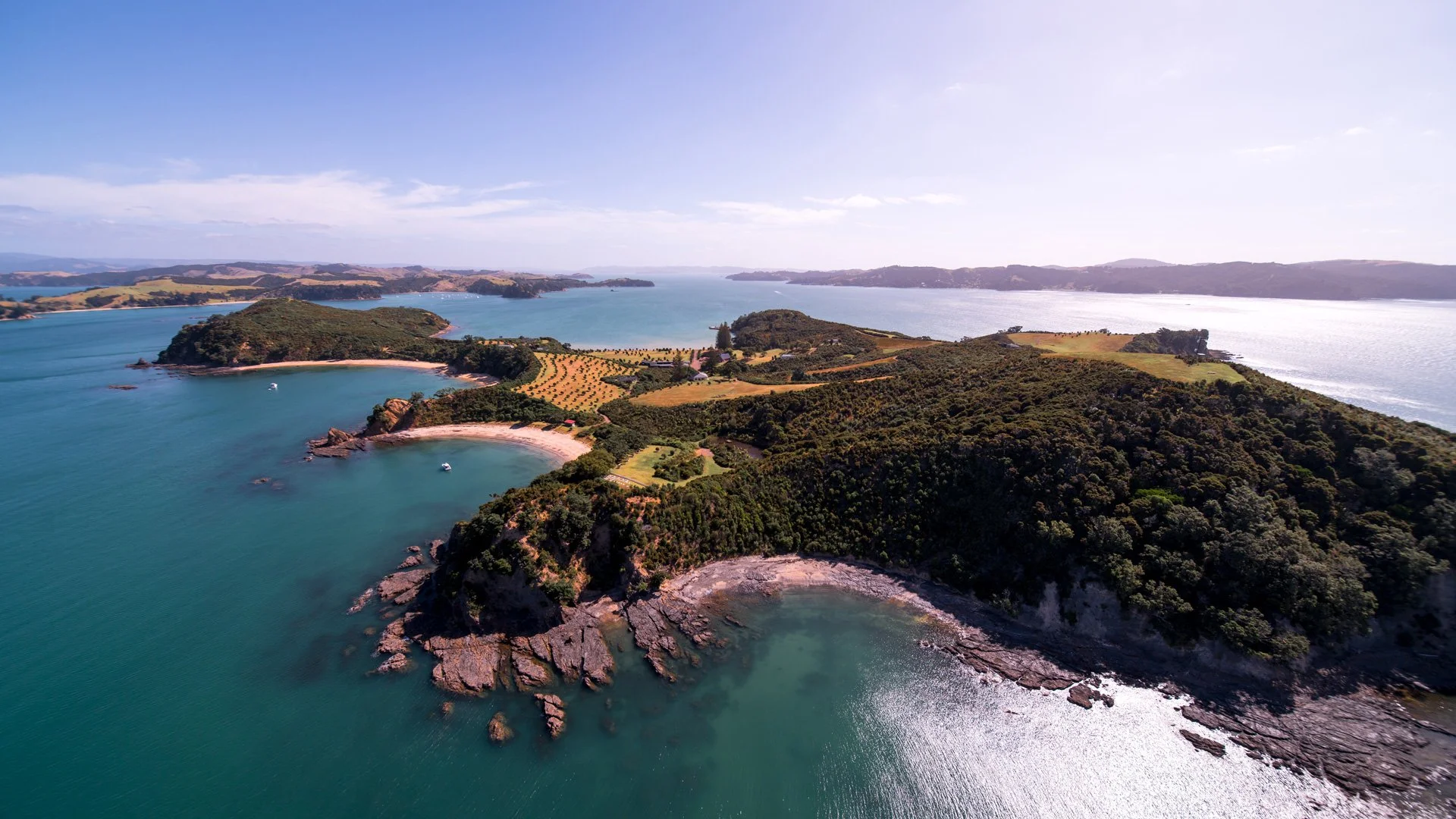We need to stop looking at the wood and see the trees.
The need for biodiversity in forestry.
Aotearoa is a land of forests. Did you know that forest covers 38% of New Zealand land? That’s right, we have a whopping 10.1 million hectares of forests. Of this: 8 million hectares are native forest and 2.1 million hectares are plantation (exotic species) forest.
At Kauri Park, we’re on a mission to restore the vital ecosystems of our country and there’s no doubt that forest ecosystems need to be front and centre in our thinking and in our action. When we get our forest ecosystems working at their best, the knock-on effect is exponential. Why? Well, forests act as massive carbon sinks. They absorb carbon dioxide and store it in their roots, leaves, branches, and trunks. Forests help manage erosion, help to regulate the climate and they clean our water and our air. Put lightly, they’re kind of a big deal. We believe that when we focus on the health of our forests, we will see our land teeming with vitality. New research on ecosystem health – and how it impacts climate change – is helping us see the trees not just the wood. So, let’s look at forests in New Zealand and how we might learn and adapt.
We can’t be all pine, all the time
MPI states that of our 2.1 million hectares of our plantation forests, 96% are privately owned and used for commercial timber production and about 90% are radiata pine (Pinus radiata). So that means we have something like 1.89 million hectares of exotic monoculture forests. Is that good, bad or neutral?
Well, we’ve been reading The Intergovernmental Panel on Climate Change (IPCC)’s 2022 report and they’ve released a series of statements that touch on this issue. These are cautioning against the practice of planting large-scale monocultures of exotic (or non-native) trees, citing the risk of a loss of biodiversity and poorer climate change resilience.
The planting of monoculture non-natives was placed among the ‘Worst Practices and Negative Adaptation Trade-offs’ for temperate forests. By contrast, ‘Best Practice’ was to “maintain or restore natural species and structural diversity leading to more diverse and resilient systems” (Intergovernmental Panel on Climate Change (AR6) report).
What does this mean for us in New Zealand, where we’ve been told – for example, in the MPI Look-up Tables – that native forests are slower growing than pine and therefore slower to sequester carbon? Have we been misguided in this belief? If we were planting our 10.1 million hectares of forest all over again, knowing what we know now, what would we do?
Well, Pure Advantage, a charity who “who investigate and promote opportunities for New Zealand to fulfil its massive potential for green growth” have published new research that shows that:
“well-managed planted indigenous forest is better at sequestering carbon and faster growing than commonly considered.” So, it’s clear that we need to question some of our assumptions.
Native forests and carbon sequestration
How should we plant our forests if we’re looking to create ecosystems that, like Kauri Park, ‘act for the planet’? The research from Pure Advantage suggests that there’s more to find out from research and development but that the hypothesis that ‘all pine is all fine’ must be challenged. They state:
“Analysis of Tāne’s Tree Trust data from planted native trees still supports the position that radiata pine is initially faster growing and simpler to manage, but the difference between carbon sequestration in radiata pine and well managed planted native forest is much less than is often suggested. And investment in research and development would benefit native forestry as it has the radiata-pine industry, i.e., result in increased growth rates and more knowledge around forest management.
Properly sited and managed planted native tree species are a good alternative where landowners wish to sequester carbon over long time periods, as well as enhancing natural landscapes, indigenous biodiversity and cultural values.”
So there’s no definitive answer yet but what we do now know is that native forests create biodiversity and are powerful carbon sinks. There is no trade-off afterall.
Diversity creates resilience
We also know that there’s growing evidence that diverse ecosystems, in forestry as in all forms of nature and agriculture, are more resilient (as well as being at least as effective in carbon sequestration) than monoculture ecosystems. This, of course, makes sense. The greater the range of species, the greater the variety of root types, structures and exudates in the soil. The higher the water-holding capacity of the soils, the less runoff and damage to surrounding waterways. But above-the-ground monoculture forest ecosystems do not have the number of animals, birds, insects and life that a mixed native forest does. Biodiversity creates more resilient ecosystems. And as we say at Kauri Park, ecosystems grow life.
So, whether we’re looking at commercial or non-commercial forestry, we can now start to apply these principles of diversity to help create more vibrant, productive and sustainable forestry.
Sources:
https://www.mpi.govt.nz/forestry/new-zealand-forests-forest-industry/new-zealands-forests/
https://www.mpi.govt.nz/forestry/new-zealand-forests-forest-industry/importance-new-zealand-forests/






